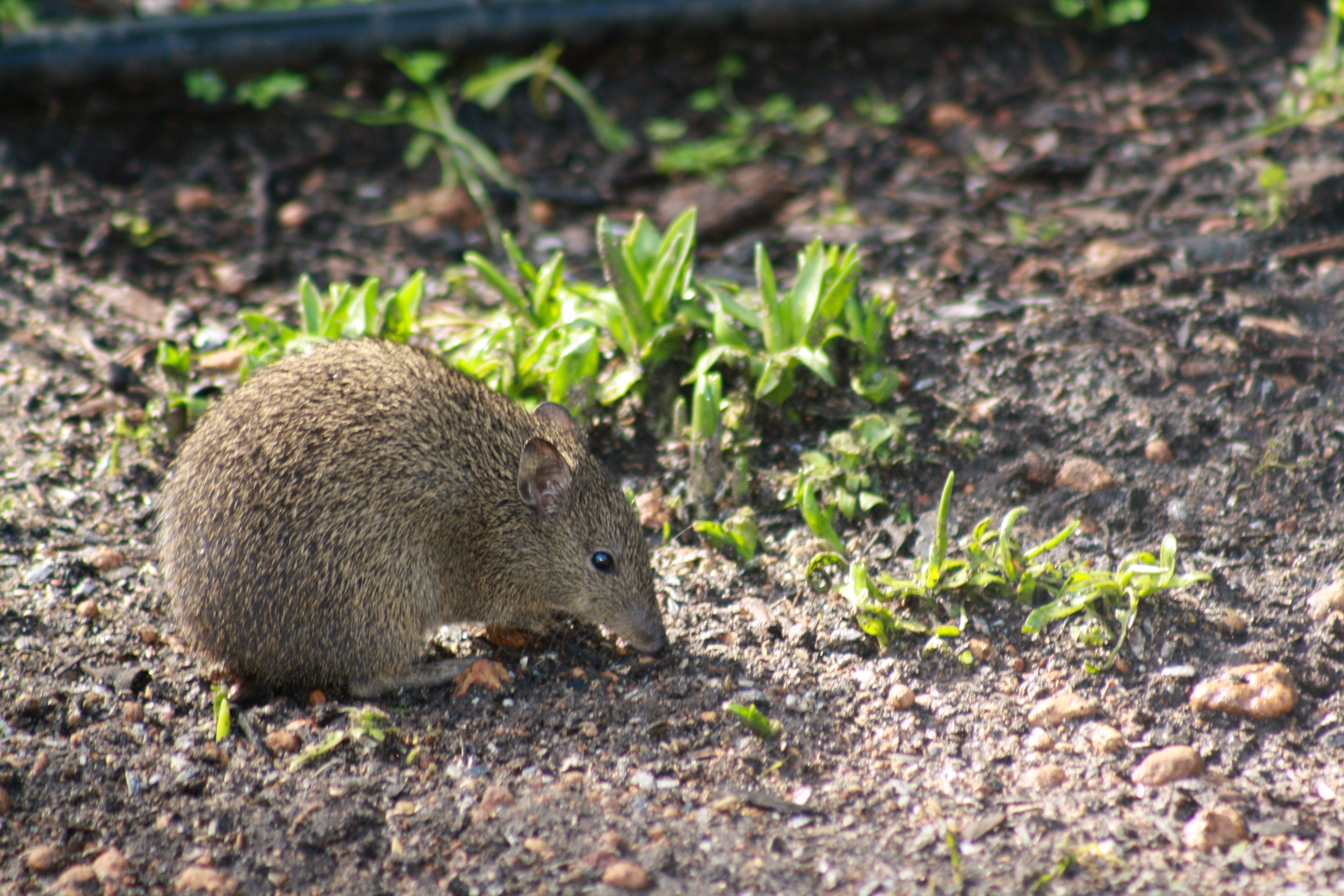Media release
From:
Quenda are helping to keep Perth’s native urban bushland, and our native gardens, healthy according to new research from Edith Cowan University.
Quenda are a native marsupial, and a member of the bandicoot family found in parks and bushland around the Perth metropolitan area.
They dig over tonnes of soil each year and by producing small pits and incorporating leaf litter and seeds they improve conditions for native plants to grow and thrive.
In a recent investigation of these urban dwelling creatures, researchers analysed the variety of fungi within quenda droppings found in native bushland.
The fungi play a key role in helping native vegetation, including eucalyptus trees, to absorb water and nutrients.
Ecosystem engineers
Lead researcher, Dr Anna Hopkins, said the research team were surprised to find that quenda poo found in smaller bushland areas contained a larger variety of fungi.
“Our findings could indicate that quenda in those smaller areas of bushland are venturing out into gardens, yards or even bins and rubbish surrounding their native habitats,” she said.
“We know quenda perform an incredibly important role as ecosystem engineers, digging, eating and spreading important fungi throughout the native bushland we have around Perth.
“The wide variety of fungi we found is great news for our gardens, as it indicates quenda are venturing into gardens around their native habitats to search for food.
“The travelling quenda disperse the fungi through their droppings, which make their way into the soil to colonise plant roots, and can then help the plants absorb nutrients and water.”
Dr Hopkins said the research provided an important insight into how quenda indicate the health of native urban bushland in Perth.
“Quenda provide this visible and accessible link with the health of the bushland, people can see them and see their digging and evidence of them all around the bushland here in Perth – and even in our backyards,” she said.
The project included researchers from Murdoch University, the University of Western Australia, Department of Biodiversity, Conservation and Attractions and City of Mandurah.
‘Urban remnant size alters fungal functional groups dispersed by a digging animal’ was published in Biodiversity and Conservation and can be found on the Journal’s webpage.
Frequently asked quenda questions
How do I know if they’re in my garden or local park?
Quenda are keen diggers and will forage for fungi, bulbs, plant roots, earthworms and other invertebrates. You will notice the holes they dig have a distinctive, conical shape which mirrors the shape of a quenda’s head while the heaps of dirt they excavate are also easily identified.
What can I do to encourage/help quendas living in my neighbourhood?
Dr Hopkins said providing habitat to quendas is really important, that means dense, native vegetation.
“One of their favourite habitats is the skirts of grasstrees, they’ll shelter there during the day and create little paths to move around,” she said.
“You can also help by keeping your cats inside at night-time.”



 Australia; WA
Australia; WA


